Lard or Shortening: Best Fat for Flaky Baked Goods?
Lard and shortening play key roles in creating flaky pastries and savory dishes around the world.
This traditional cooking fat comes from rendered pork fat, giving baked goods a distinctive richness that many chefs prefer.
Some home bakers might not know about the unique texture lard provides to pie crusts compared to other fats.
The debate between these two cooking staples often centers on flavor profiles and health considerations.
Both options have loyal followers in different culinary traditions across various cultures.
Grandmothers from many countries have sworn by lard for generations, passing down recipes that specifically call for it.
The choice between these fats can transform an ordinary recipe into something truly exceptional - read on to find out which one deserves a place in your kitchen.
What is Lard?
Lard comes from rendered pork fat and once topped the list of favorite cooking fats in American homes. People thought it was unhealthy compared to other oils, but research now shows it contains good fats too.
Keep reading to fully understand this ingredient.
The History of Lard
Lard, once unfairly blamed for heart problems in the early 1900s, nearly vanished from store shelves but has recently made an impressive comeback after studies showed no real link to cardiovascular disease. This white semi-solid fat from pig parts like shoulders and belly has graced kitchens worldwide for hundreds of years, adding flavor to countless recipes across different cultural traditions.
Both rendered and hydrogenated varieties exist, with each type perfect for creating delicious savory dishes and sweet treats, though freshly-rendered lard remains the healthier choice between them.
Lard Production
Making lard involves several straightforward steps that can easily be done at home, even though commercial versions might include hydrogenation for longer shelf life. Pork fat transforms into lard when it undergoes rendering - a process where solid fat melts down through boiling, dry heating, or steaming at temperatures between 93F and 113F.
Once the fat has completely liquefied, the next crucial step involves filtering out all impurities and sediments to ensure a clean product. The final phase happens naturally as the filtered liquid cools down and gradually solidifies back into a creamy, white substance.
What is Shortening?
Shortening deserves more attention in the kitchen world. Many people outside America might not know what vegetable shortening or Crisco actually is, so let's talk about this popular cooking fat with detailed insight below.
Shortening History
Shortening refers to solid fats in cooking, now commonly meaning Crisco and similar hydrogenated veggie fats. Both animal fat and plant oils can serve as shortening, though today's market heavily favors options from soybeans, cottonseed, and palm sources.
When Crisco appeared in 1911, it completely changed how people cooked, as it was promoted as both healthier and less expensive than traditional lard, which dominated kitchens at that time.
The Process of Making Shortening
Hydrogenation serves as the main process for creating shortening by adding hydrogen atoms to oil, changing it from liquid to solid form - much like how processed lard is made. During this chemical transformation, unsaturated fats convert to saturated fatty acids, which remain solid at room temperature.
The entire purpose of hydrogenation is to give shortenings their characteristic firmness, resulting in solid and semi-solid fats that spread easily. Making this happen requires specialized equipment including pressure vessels and hydrogen gas, making it almost impossible to do at home.
Most people find it easier to simply buy ready-made shortening products from stores rather than attempting to produce it themselves.
Lard and Shortening: What Sets Them Apart?
Both lard and shortening share the same creamy white color and butter-like consistency, but there are several differences between them.
Here is the table summarizing what set them apart.
| Category | Lard | Shortening |
| Origin | Rendered fat from pigs (belly, butt, shoulder); homemade rendering possible | Hydrogenated vegetable oils (soybean, cottonseed, avocado); manufactured industrially |
| Appearance | Creamy white, butter-like solid at room temp; spreadable | Similar creamy white, solid texture; spreadable at room temp |
| Flavor | Mild to strong pork flavor; richer taste in baked goods | Flavorless; does not alter taste but adds greasiness |
| Smoke Point | Higher smoke point (~370°F), good for high-heat cooking | Slightly lower smoke point (~360°F), still suitable for high-heat cooking |
| Melting Point | Varies by pig fat source; generally 86°F – 118°F | Consistent melting point around 117°F – 119°F |
| Gluten-Free | Yes, 100% fat with no gluten | Yes, 100% fat with no gluten |
| Culinary Uses | Excellent for frying, sautéing, baking pastries (pie crust, tamales); adds flakiness and flavor | Used for frying, baking, grilling; ideal when neutral fat needed; softens dough |
| Non-Culinary Uses | Used in beauty products like moisturizers and lip balms due to vitamin D content | Not commonly used outside cooking |
| Health Aspects | No trans fats; higher saturated fat but mostly monounsaturated fats beneficial in moderation | Often contains artificial trans fats (especially older hydrogenated types) linked to heart risks |
| Price | Generally more expensive and less widely available | More affordable and widely available |
| Accessibility | Harder to find; usually from butcher shops or specialty stores | Easily found in supermarkets and baking aisles |
| Cultural Acceptance | Limited in vegan, vegetarian, and some religious diets due to animal origin | Plant-based, suitable for vegan and vegetarian diets; popular in Western cooking |
Origin
Ube and taro hold a special place in Asian culture while serving as key food sources in many regions worldwide. These root vegetables might look similar at first, but each has its own distinct flavor and color profile.
Ube gives desserts that eye-catching purple shade, while taro offers a more subtle taste experience. Many people mix them up because of their shared purple tones, but knowing the difference helps when you're ordering at restaurants or cooking at home.
The rich history behind these ingredients connects countless communities across continents, making them more than just food - they're part of cultural traditions passed down through generations.
Appearance
Both lard and shortening look almost identical with their rich, creamy white color and smooth, buttery feel when you touch them. These solid fats stay firm and don't pour or run at normal room temperatures.
They can sit on the counter without melting and how easily they spread across cooking surfaces. The similar appearance often causes confusion in kitchens, but their identical white hue and spreadable quality make them equally convenient for many recipes.
Flavor
Flavor differences set ube and taro apart, even though they may look alike at first glance. Ube has a naturally sweet, vanilla-like taste that makes it perfect for desserts without needing much added sugar.
Taro, meanwhile, offers a more subtle, nutty flavor with earthy undertones that works well in both sweet treats and savory dishes. Many people describe taro as having hints of potato mixed with mild vanilla, while ube delivers a distinctly sweet experience similar to white chocolate or vanilla.
These unique taste profiles explain why chefs around the world choose ube for colorful cakes and ice cream, while taro often appears in bubble tea, chips, and creamy side dishes. The next time you try either one, pay attention to these taste differences to tell them apart.
Smoking Points
Smoke point refers to that critical moment when your cooking fats go from shiny to smoking steadily. For best results, any oil on your stove should withstand more heat than your recipe calls for.
High smoke points give you more freedom while cooking, which makes lard a top choice compared to shortening. The difference might seem small, but lard holds up until 370°F before smoking, while shortening gives out at 360°F.
This extra 10-degree advantage can make all the difference when you're searing meat or working with really hot pans.
Melting Points
Melting point is simply the temperature where solid substances become liquid. When baking, fats with higher melting points work better because they allow eggs and flour to set properly before the fats liquefy.
Lard, which comes from various pig parts, doesn't have a single melting point - it ranges between 86°F and 118°F depending on which part of the pig the fat came from. By comparison, hydrogenated shortening consistently melts around 117°F to 119°F.
This small difference might seem minor, but for serious bakers, understanding these temperature variations can make a significant difference in how your treats turn out.
Gluten-Free Credentials
Lard and shortening are completely gluten-free because they contain only fat with no added water or gluten components. People who have celiac disease or any other gluten sensitivities can safely include these fats in their daily meals without worry.
The pure fat composition makes them suitable choices for anyone following a strict gluten-free diet plan, as neither product comes into contact with wheat, barley, rye, or other gluten sources during production.
Usages
Shortening and lard offer more than just kitchen benefits, with uses that extend beyond what most home cooks realize. These versatile fats excel in everything from flaky pie crusts to golden fried chicken, but their talents don't stop at food.
Many people don't know they work wonders for seasoning cast iron pans, creating homemade candles, and even moisturizing dry skin in a pinch. Both products can also help remove sticky residue from surfaces, prevent door hinges from squeaking, and serve as emergency lubricants for small tools.
The next time you spot these humble ingredients in your pantry, remember they're not just for baking - they're household problem-solvers waiting to make your life easier in unexpected ways.
Fat Content
Many people believe shortening has been a kitchen staple for generations, but it's not as healthy as previously thought. Research indicates vegetable oils such as Crisco contain harmful artificial trans fats that can disrupt cholesterol levels and increase heart disease risk when consumed regularly.
Lard doesn't have these dangerous trans fats, although it does contain more saturated fat than shortening. The upside is that lard primarily consists of monounsaturated fat, which actually benefits your body when eaten in reasonable amounts.
Some companies sell processed lard in stores that has been loaded with hydrogen and trans fats, making it just as unhealthy as shortening, so careful label reading is essential before buying any cooking fat products.
Price
Shortening stands out as the best bargain for baking needs. Beyond just saving money at checkout, this affordable option delivers consistent results in recipes without sacrificing quality.
Loyal bakers across the country remain committed to shortening not only for how it performs in their cakes and pastries but also because it helps keep costs down during weekly shopping trips. The combination of good value and reliable performance explains why shortening continues to be a popular choice in kitchens everywhere.
Accessibility
Finding lard can be a challenge since many supermarkets don't carry it regularly. Most home cooks consider a local butcher shop the best place for fresh-rendered lard, though these shops might not be convenient to your location.
Shortening products like Crisco offer much better accessibility, with nearly all grocery stores stocking them in the baking aisle alongside other oils and fats. People who aren't familiar with Crisco should take time to learn more about this popular vegetable shortening option.
Acceptance
Pork-derived lard holds a special place in cooking traditions across South America, Europe, and Asia, though its reach has clear limits. Western cooking often favors vegetable shortening instead, partly because people wrongly believe it offers health benefits over animal fats.
The plant origin of shortening also gives it more versatility across different dietary preferences, allowing it to appear in recipes where lard simply cannot be used.
Lard or Shortening: Which One is Better?
Fat choices vary widely among people due to personal taste and needs. In fact, neither option is universally "better" - just different tools for different culinary jobs.
Lard offers rich flavor and excellent flakiness, making it ideal for traditional pastries and recipes where taste and texture are key. However, its animal origin and higher saturated fat content may not suit all diets.
Shortening provides a neutral flavor and consistent texture, perfect for recipes needing a mild fat that won’t overpower other ingredients. It’s also vegan-friendly and more accessible but can contain unhealthy trans fats if hydrogenated.
Lard And Shortening: Which One is Better for Baking
Lard is favored for its rich flavor and ability to create flaky, tender pastries with a crisp crust. It has a higher smoke point and adds depth to baked goods but carries a mild pork taste and isn’t suitable for vegans, vegetarians, or some religious diets.
Though it’s mostly monounsaturated fat, it has higher saturated fat content.
Shortening offers a neutral flavor and consistent texture, making it ideal when you don’t want the fat to affect taste.
It’s plant-based, widely available, and affordable but often contains unhealthy trans fats (especially in hydrogenated forms).
The best choice depends on your priorities: lard for flavor and flakiness, shortening for neutrality and dietary flexibility.
Health-conscious bakers might prefer modern, non-hydrogenated shortenings or alternatives like butter.
Interchange Lard And Shortening
Lard and shortening are often interchangeable in general cooking because they share similar fat content, smoke points, and melting temperatures, allowing for easy substitution using a 1:1 ratio. However, their differences can influence the final dish: lard, being an animal fat, imparts a richer flavor that enhances savory recipes like frying and sautéing, while shortening, made from hydrogenated vegetable oils, has a neutral taste ideal when you want the fat to remain flavorless.
Shortening also tends to tolerate higher heat without smoking as quickly, making it especially useful for frying. On the health side, shortening may contain trans fats, which pose certain risks, whereas lard contains more saturated fat but no natural trans fats.
Both fats are calorie-dense and high in cholesterol, so regardless of choice, it’s important to use them sparingly to maintain a balanced diet. When swapping between the two, consider flavor preferences, dietary restrictions such as veganism, and cooking techniques to achieve the best results.
Storage Tips for Lard and Shortening
Check out below table to learn about how to store lard and shortening.
| Storage Aspect | Lard | Shortening |
| Ideal Storage Temp | Refrigerate or freeze to maintain freshness | Store at room temperature in a cool, dry place |
| Shelf Life | Up to 1 year refrigerated; up to 2 years frozen; 6 months in pantry | Around 1 year or more at room temperature |
| Freezing Tips | Wrap in wax paper, then plastic wrap or foil to reduce air exposure | Not typically frozen; stable at room temperature |
| Pantry Storage | Good for convenience; avoid heat and humidity | Preferred storage method; keep sealed and away from heat/light |
| Sensitivity | Sensitive to temperature fluctuations | More stable; less affected by temperature changes |
| Packaging After Opening | Keep tightly sealed to prevent spoilage | Keep tightly sealed to avoid exposure to air and contaminants |
For Lard
Lard is best kept at low temperatures to preserve its freshness and prevent spoilage. When stored in the refrigerator, lard can remain good for up to a year.
For even longer storage, freezing is effective and can extend its shelf life to nearly two years. However, freezing requires careful preparation to minimize air exposure, which can cause freezer burn or rancidity.
The recommended method is to first wrap the lard tightly in wax paper, then cover it with plastic wrap or aluminum foil before placing it in the freezer. For daily use, some prefer storing lard in the pantry because it avoids the temperature fluctuations caused by frequent refrigeration and removal, which can degrade quality.
In a cool, dry pantry, lard can last about six months, balancing convenience with good preservation.
For Shortening
Shortening, typically hydrogenated vegetable fat, is more stable at room temperature than lard due to its processed nature and higher resistance to oxidation. It can be stored in a cool, dry place, like a pantry or cupboard, without refrigeration for up to a year or more.
Unlike lard, shortening’s shelf life is less affected by temperature fluctuations, so it doesn’t require the same careful wrapping or freezing methods. However, keeping shortening away from heat, light, and moisture is important to maintain its quality and prevent it from developing off-flavors.
Once opened, shortening should be tightly sealed to avoid exposure to air and contaminants.
Whip Up Homemade Lard and Shortening
Making your own lard and shortening at home provides a fantastic alternative to store-bought products without all those mystery additives or hydrogenated oils. Homemade lard costs much less than commercial versions and gives you complete control over what goes into your cooking.
Here are the instructions to make it with ease.
Making Homemade Lard
Ingredients:Instructions:
Making Homemade Shortening
Ingredients:Instructions:
Got Questions? We’ve Got Solutions
1. Can I use lard instead of shortening in my pie crust?
Yes, you can substitute lard for shortening in pie crusts. Lard actually creates flakier crusts than shortening, though it may impart a subtle savory flavor.
2. Is lard or shortening healthier?
Neither is particularly healthy. Shortening contains trans fats which can raise bad cholesterol, while lard has high saturated fat content. Both should be used in moderation.
3. How do these fats affect cookie texture?
Shortening produces softer, cakier cookies that hold their shape well. Lard makes cookies that are crispier around the edges with tender centers.
4. How should I store lard and shortening?
Both should be stored in airtight containers. Shortening can stay at room temperature for up to a year, while lard should be refrigerated and used within 6 months.
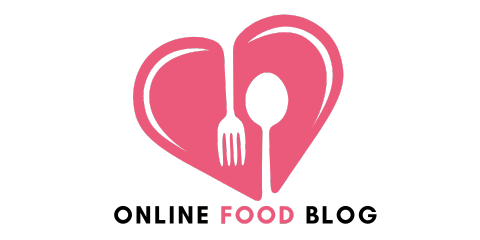
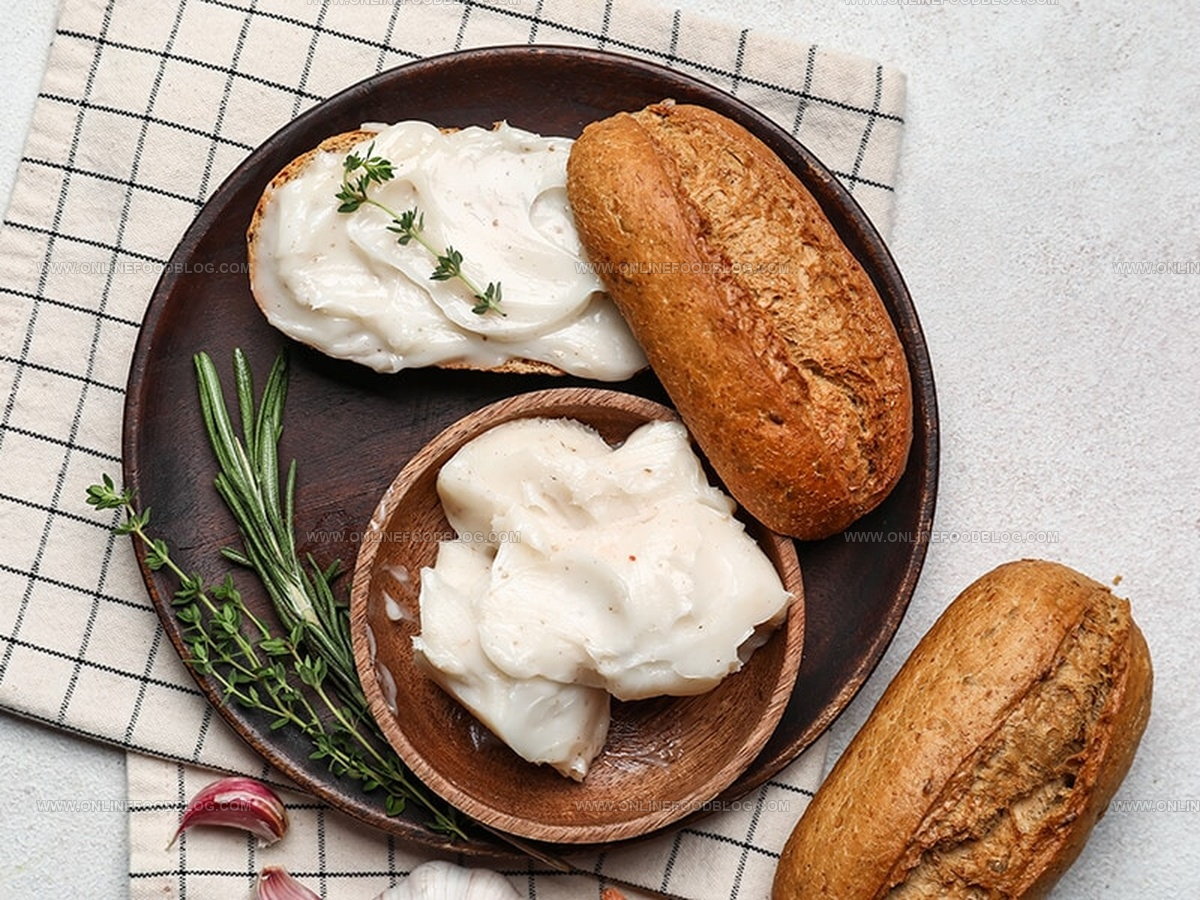
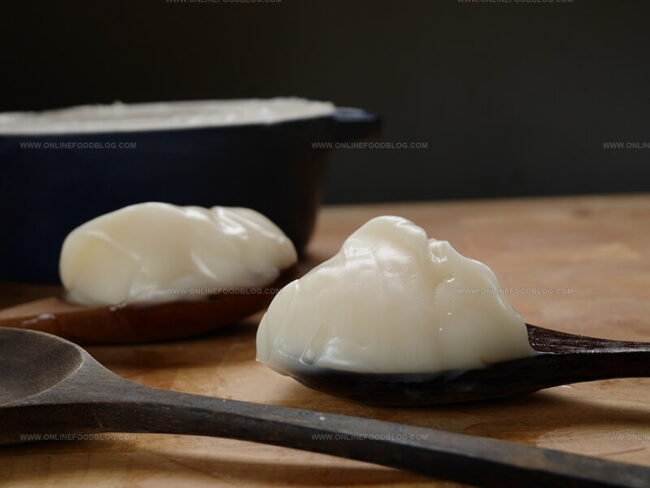
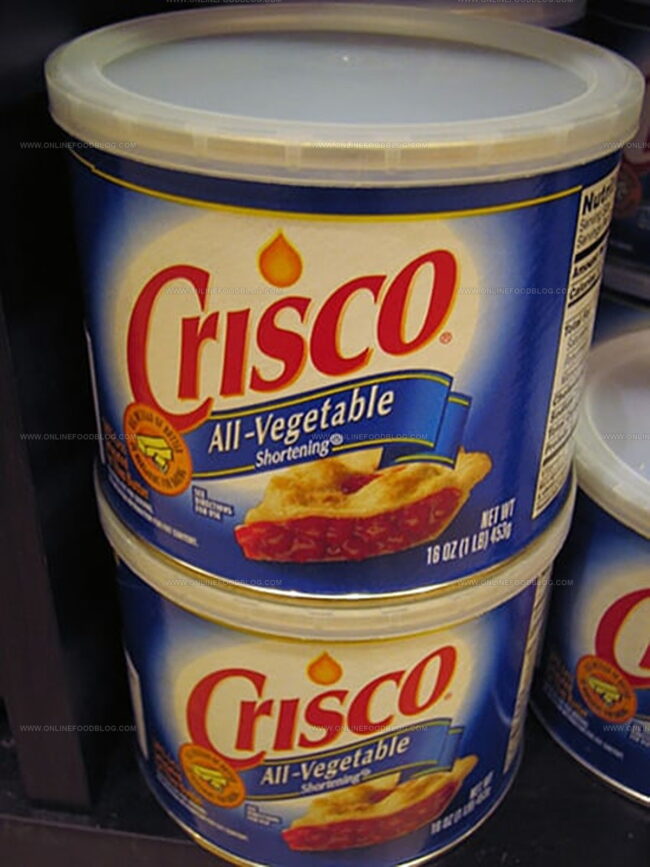
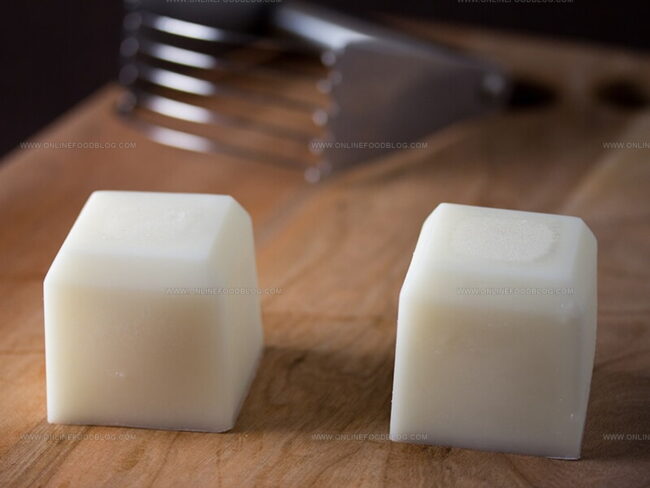

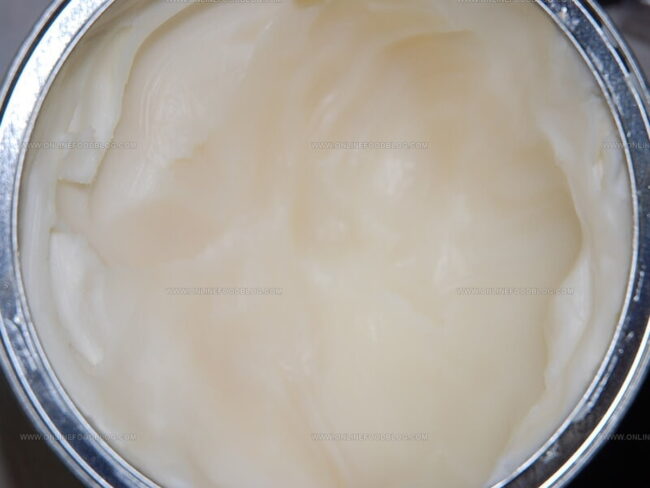
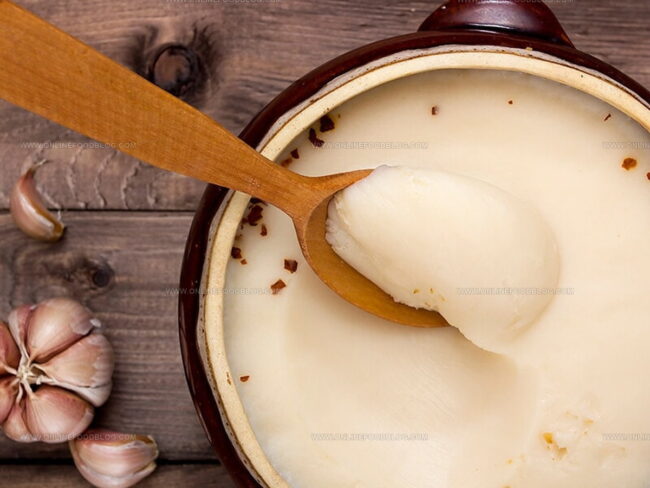
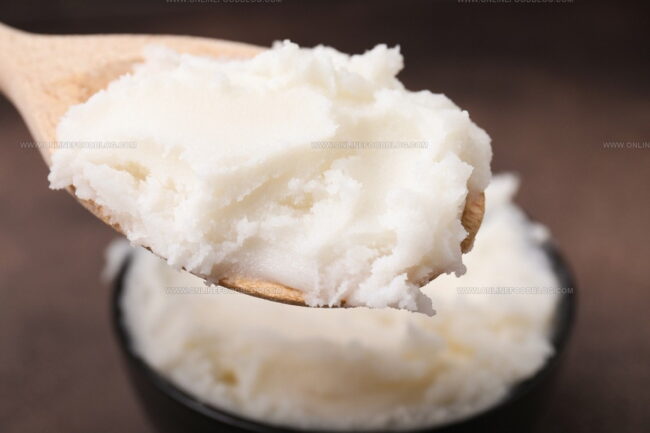
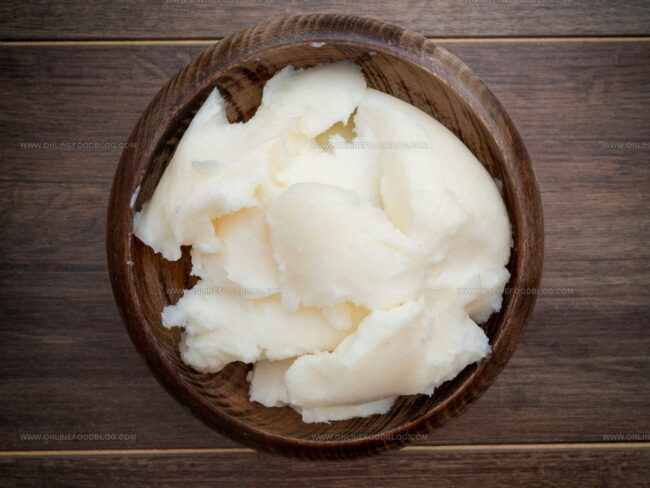
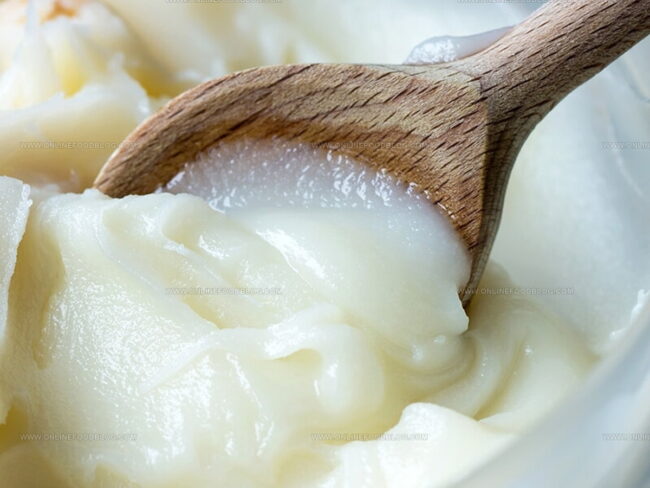
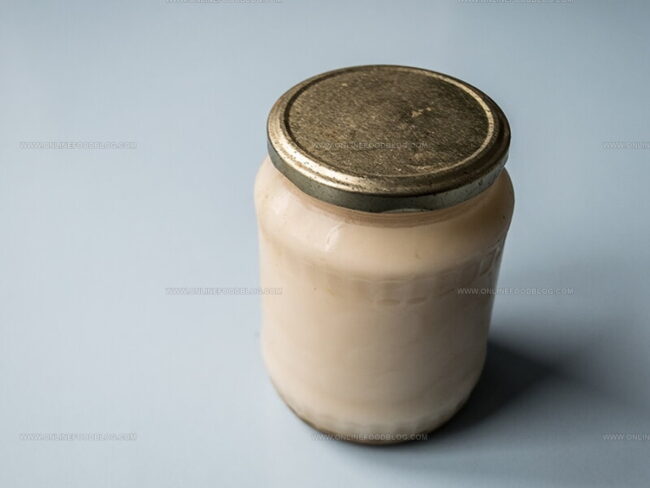
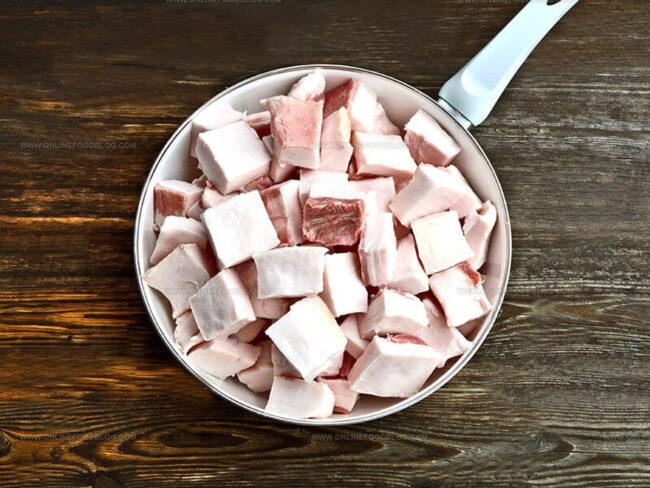
Mia Reynolds
Food Writer & Home Cooking Specialist
Expertise
Easy Home Baking, Recipe Writing and Storytelling, Local and Seasonal Ingredients, Baking for Beginners
Education
New England Culinary Institute (NECI), Montpelier, Vermont
Community College of Vermont, Winooski, Vermont
Mia Reynolds fell in love with baking as a teenager experimenting in her family kitchen. Her passion took her to New England Culinary Institute, where she learned practical pastry techniques, and later to Community College of Vermont to deepen her understanding of food management.
Mia combines clear, simple baking instructions with heartwarming stories, making home baking approachable for everyone.